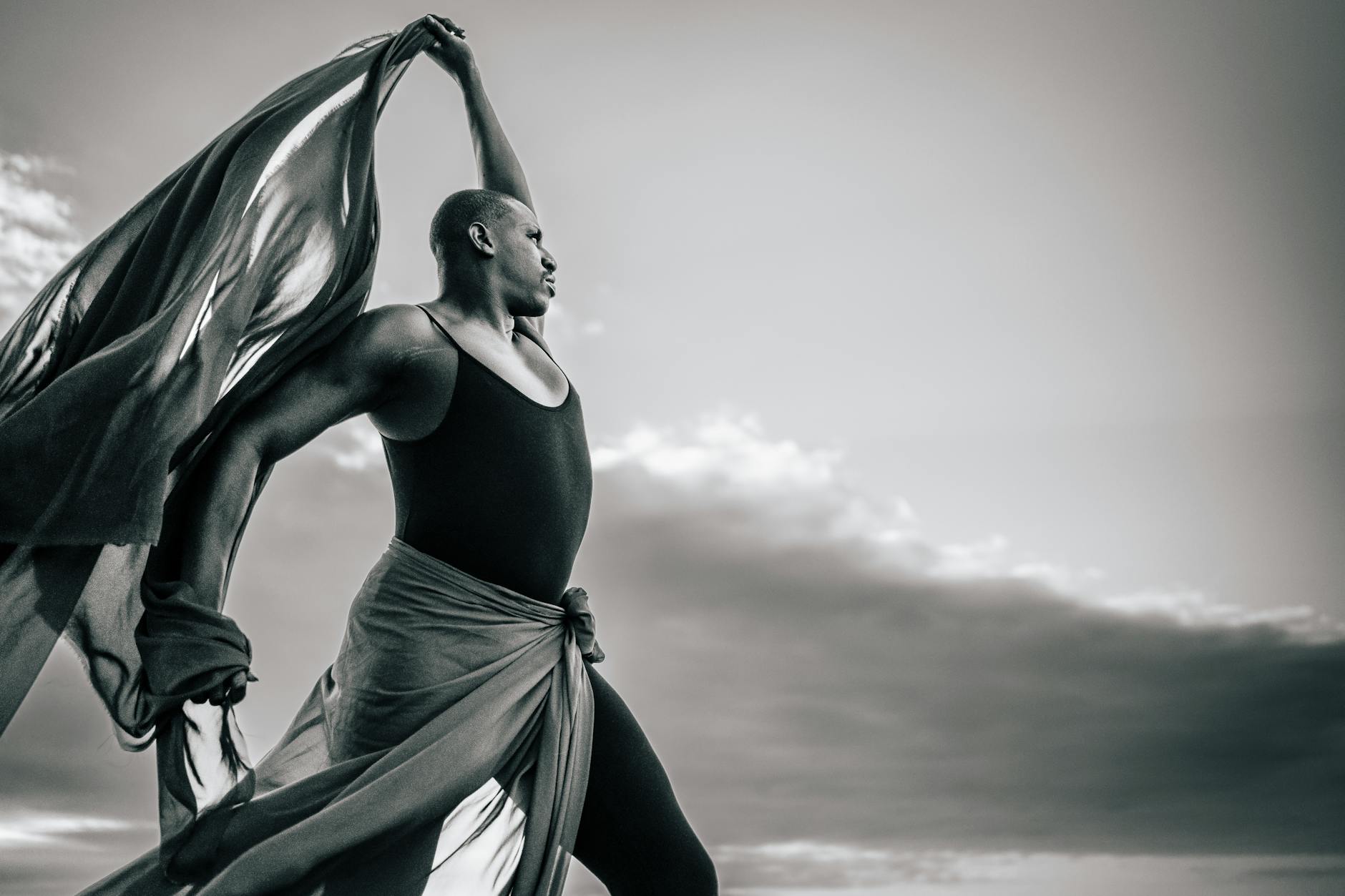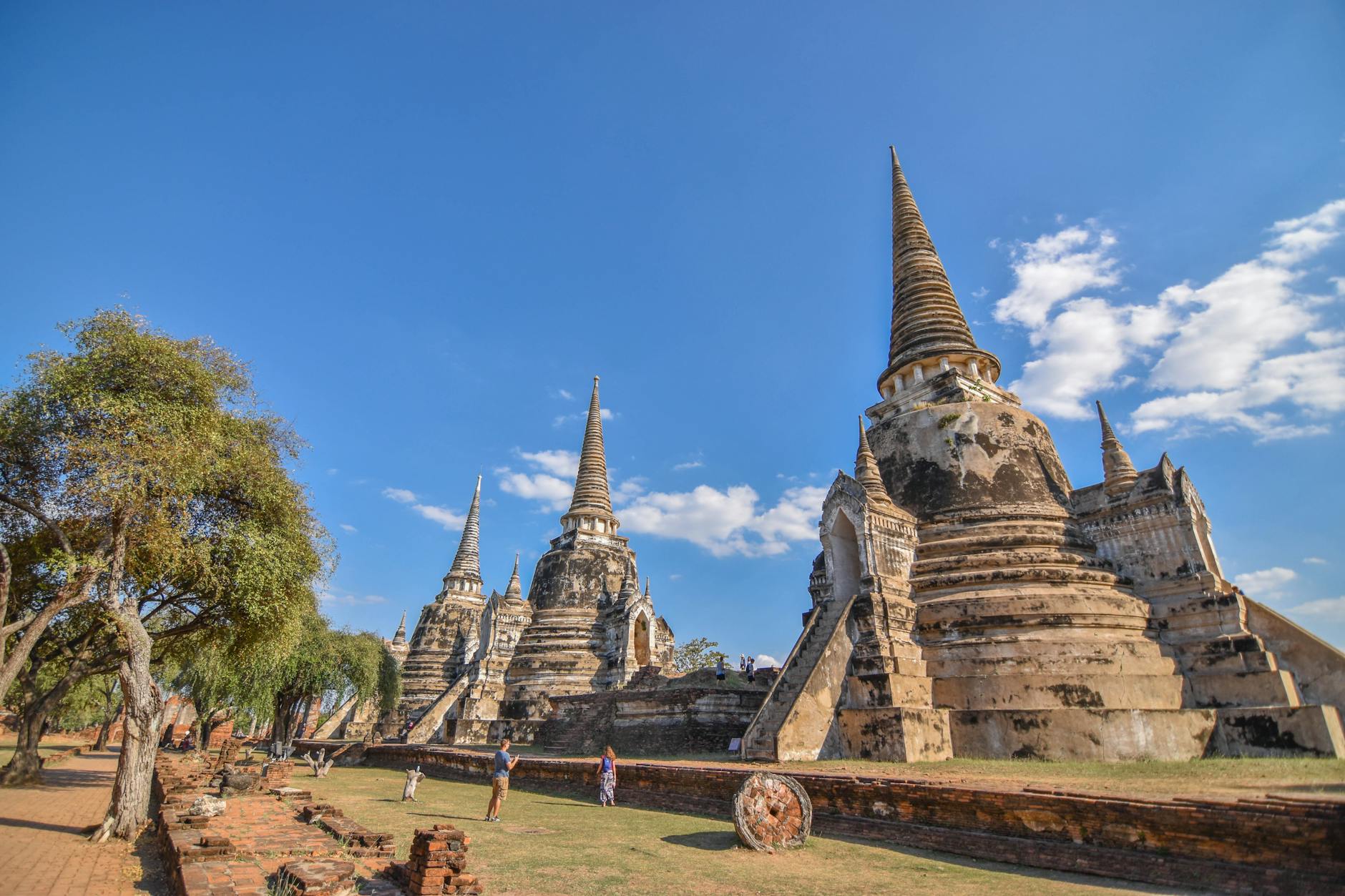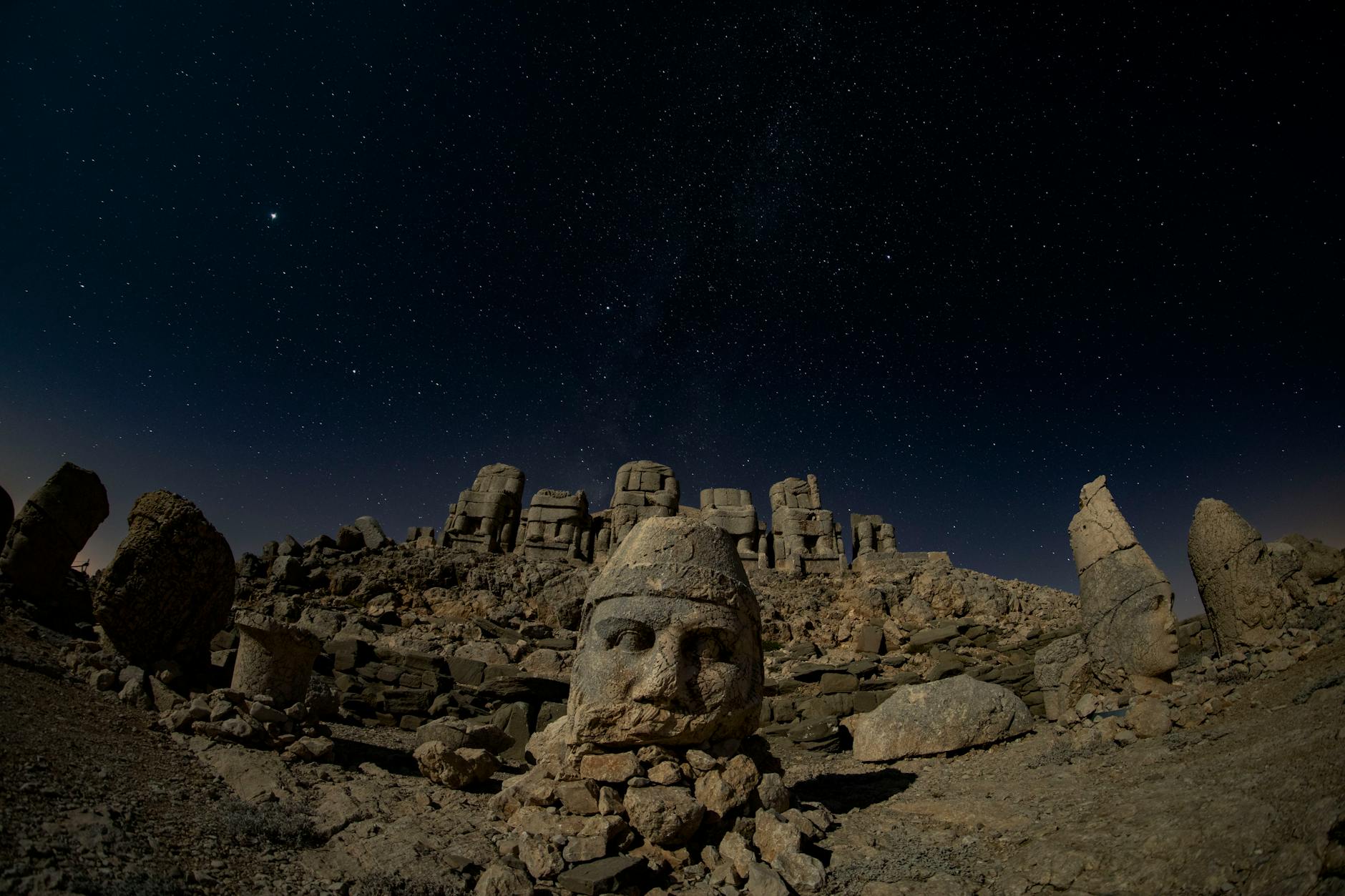Psychedic art, often described as trippy art, reflects the mind’s most ineffable experiences. Using principles of surrealism and visionary art, psychedelic aesthetics delve into the realms of uncharted consciousness, capturing not just what is seen but also the profound sensations and emotions that accompany an evolved state of understanding.
For many artists and viewers alike, this form of art signifies much more than a visual spectacle; it represents a journey of the mind, a form of inner exploration, and the psychedelic aspect of our consciousness — all personified in vibrant patterns, vivid imagery, and fantastic color schemes.
Famous artists such as Alex Grey have used their altered states of consciousness as a foundational theme, moving beyond the physicality of the human form to visualize spiritual energy systems. Grey’s work often portrays humans intertwined with the cosmos, suggesting a transcendental interconnectedness that encapsulates the deep sense of oneness often described in tales of transcendence.
The influence of Ayahuasca, a South American psychedelic brew, and DMT (Dimethyltryptamine), a powerful psychedelic compound found in the human body and elsewhere in nature, have significantly contributed to the genre of psychedelic art. Artists with experiences related to these substances often produce Ayahuasca art and DMT-inspired drawings, capturing their intense, transformative psychological experiences.
One of the main attractions of this form of art lies in its inherent power to influence the psyche towards a higher level of consciousness and comprehension, deeply engaging viewers in the process. While viewing these artworks, individuals often feel as though they are drawn into another world. This sense of immersion and intensified introspection can trigger altered states of awareness, mimicking the sensation often experienced during deep meditation or spiritual rituals.
Psychedelic art has its roots in the conscious mind, and its various forms manifest as a visual representation of ephemeral, intangible experiences. Although some denounce this form of art as a product of drug-induced hallucinations, others see it as a visual lexicon reflecting the core of our consciousness, a narrative of deep subconscious journeys, and a mirror of our connection to the universe at large.
By employing principles of surrealism, artists are able to express their interpretations and experiences of the profound and mysterious, giving form and color to thoughts and emotions that are often beyond the realm of physical and verbal expression. As such, psychedelic aesthetics serve as a novel language, bridging the gap between the known and the unknown, the tangible and the ethereal, thereby stretching the boundaries of human consciousness.
Moreover, psychedelic art presents an intriguing intersection of science, philosophy, spirituality, and art. Neuroscientists are increasingly interested in studying the effects of psychedelics on the human brain and how such substances elicit the specific sensory and perceptual experiences often depicted in visionary art.
In conclusion, psychedelic art acts as a reflection of our individual and collective consciousness, providing a playground for the mind to wander and a canvas for the soul to express. In its essence, this genre of art captures the adage that beauty truly lies in the eyes of the beholder — or in this case, the mind of the creator. It’s an ode to imagination, transcendence, and the complex labyrinth of human consciousness. The continued evolution and acceptance of psychedelic art not only highlights our capacity for inner exploration but also our innate desire to understand and express the unfathomable depth and beauty of being human.
Whether guided by Ayahuasca art, DMT visions, or the spiritual revelations of transcendent experiences, this art form continues to illuminate and inspire, echoing psychedelia’s call for boundary-dissolution, unity-consciousness, and aesthetic rapture. The journey into one’s consciousness is, indeed, an infinite and wonderfully psychedelic adventure. Psychedelic art helps us perceive this complexity, one brushstroke at a time.







